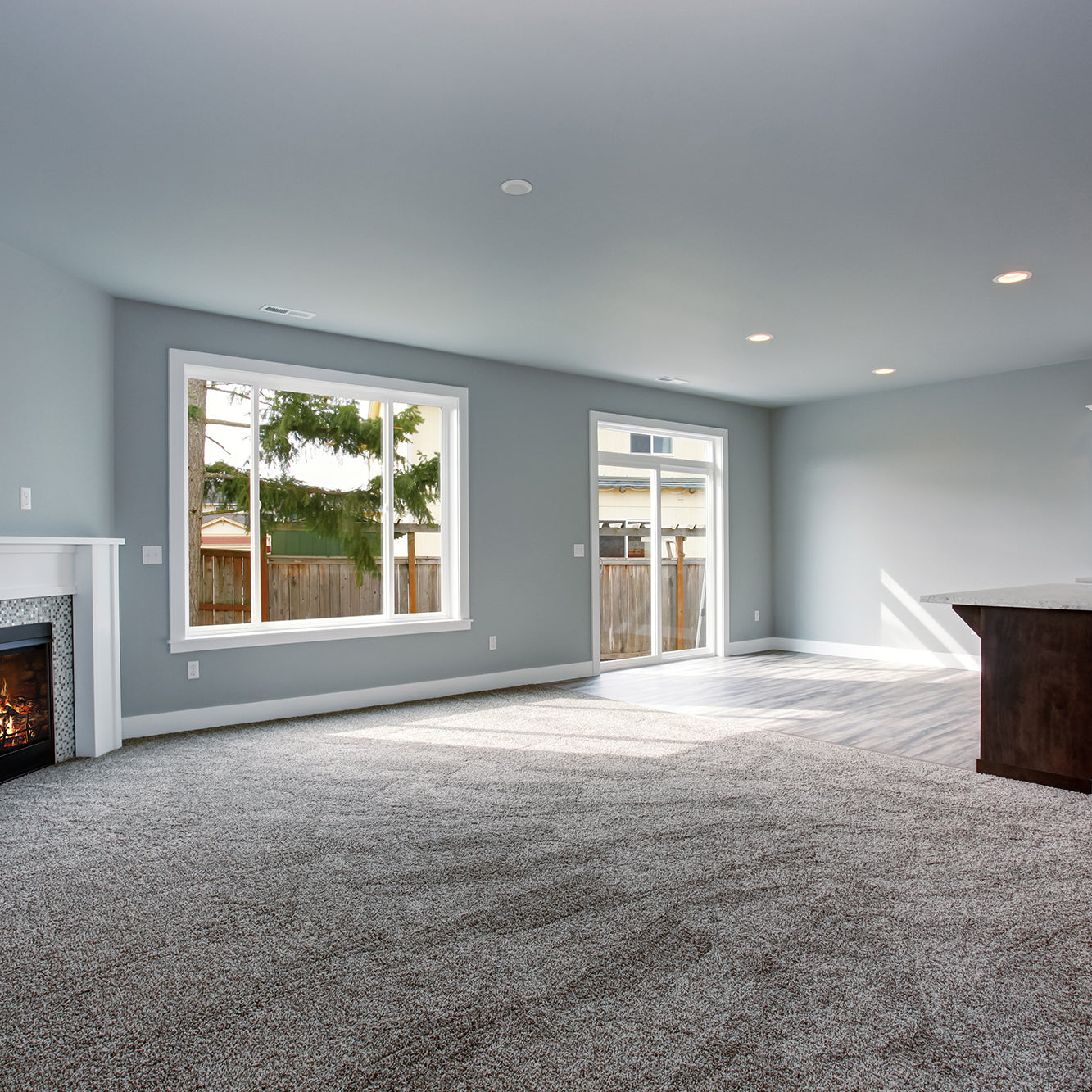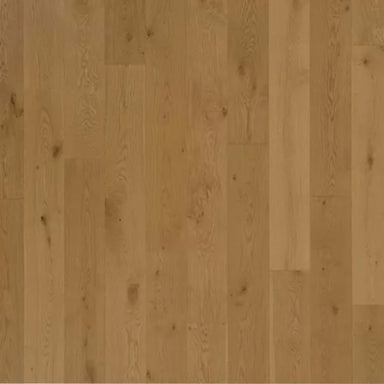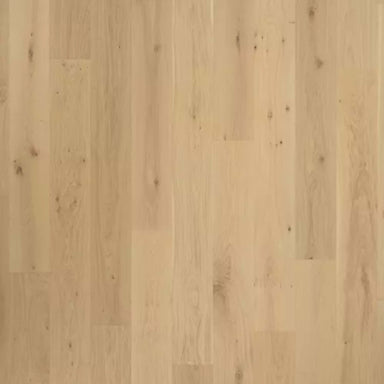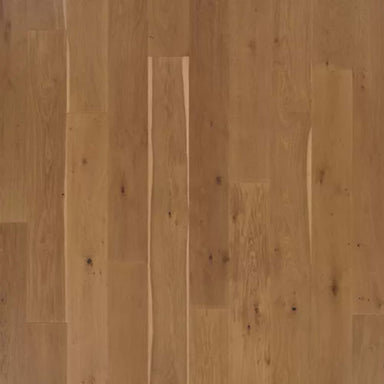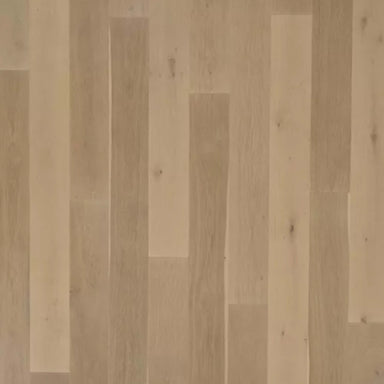Backing/Primary Backing-The primary backing material of carpeting is usually made of woven polypropylene and its main value is to provide a base cloth to hold the yarn in place while the tufting happens.
Berber-A looped style carpet is often referred to as a Berber. Berbers are big bulky yarns with characteristic color flecks that are either produced in a level loop or multi-level loop carpet construction. Although many Berbers are made out of olefin fiber, some are made with nylon, or a blend of various carpet fibers.
Cable- A style of carpet constructed of thicker, typically longer yarn that is better suited for rooms without a lot of activity. It can matte and crush with heavy foot traffic so it is not recommended for stairs, hallways and other busy areas in your home.
Carpet Cushion- Commonly called padding, this is the layer of material that lies between the carpet and floor. It’s carpet cushion, not the carpet itself, that determines how a carpet feels beneath your feet and helps preserve the look while providing it with tougher protection against wear and tear.
Carpet Dyeing (Continuous Dyeing)- Also called Continuous Dyeing, color is applied directly to the carpet face by spraying or printing. This process is also used to create multicolor or patterned effects in the carpet.
Cut Pile- Small loops of yarn are cut, creating what we call a cut pile carpet. The length of these cut pieces of yarn is referred to as the pile height, and is basically the distance between the looper and the primary backing. Selectively cutting, called cut and loop construction, creates a recognizable pattern on the surface of the carpet.
Density
A measure of how tightly the yarn is stitched into the primary backing. Higher density carpet will typically wear better than lower density carpet.
Face Weight- Is determined by the actual amount of fiber per square yard, and is measured in ounces. A typical carpet may have a face weight of 35 to 45 ounces for example.
Fiber- Fiber is the basic material that a carpet is made of. Over ninety percent of all of the carpet made today is made up of synthetic fiber. The rest is natural fiber, most commonly wool.
Frieze- This is a cut pile style that has a very high twist level, meaning each strand of yarn is twisted so tightly that they actually curl over at the end. This creates a textured surface with a knobby appearance, and a carpet of high durability and very good wear-ability.
Loop Pile- A small hook called a looper grabs the yarn and holds it in place. This process results in what is called loop pile construction. Loop pile products hold their appearance very well. Since there are no exposed yarn tips, only the sides of the yarn are exposed to wear and stress. Generally speaking, low profile loop carpet stands up to heavy traffic best.
Matte/Crush- The application of weight (like a high traffic area) on an installed carpet produces this visual effect. See Cable.
Nap- (See Pile Height)
Nylon- A synthetic fiber. Almost 75% of carpet today is made of nylon. Nylon is the leader in: appearance retention, fade and heat resistance, soil and stain resistance, and color and styling.
Olefin- See Polypropylene.
Pile- Cut or uncut loops of yarn that create the surface of carpeting.
Pile Height- Also called the nap, pile height is the length of the tuft measured from the primary backing to the yarn tips. It’s usually shown as a fraction, or sometimes its decimal equivalent. Usually shorter pile heights are more durable than longer pile heights.
Plush- See Saxony.
Polyester- A common synthetic material well accepted for its bulkiness, color clarity, and good stain and fade resistance. While not as resilient as nylon, Polyester fiber carpet constructed with today’s new technologies can be a good performer.
Polypropylene- Another common synthetic material used in carpet manufacturing, sometimes referred to as olefin. Today it represents more than thirty-five percent of the total fibers used in the carpet industry. While polypropylene is not as resilient or resistant to abrasion as nylon, it is naturally stain and fade resistant. Polypropylene is most often used in loop pile carpet constructions.
Saxony- Saxony has a smooth, soft, velvet plush look and a luxurious feel with a uniform twist and finish. This style is not a good choice for high traffic areas or rooms with active kids. Also be aware that this style does show footprints and vacuum marks.
Screen Printing- Another common method of carpet coloring, screen printing is where color is applied through anywhere from one to as many as eight silk-screens.
Shearing- One of the last stages in the manufacturing of carpet, shearing is the process of removing all of the little loose ends and projecting fibers that might have been created during the tufting process. It also helps achieve the yarn’s tip definition of the finished carpet.
Shedding- Shedding is a natural part of a new carpet. Frequent vacuuming for the first few days should remove any loose fibers from the carpet’s surface.
Sprouting- Refers to small tufts or loops of carpet that become visible after the installation. Use a small pair of scissors to carefully trim the loose fibers flush with the surface of the carpet.
Stitch Rate- The measure of how close the yarns are together. Stitch rate is measured in penetrations, or tufts, in a given length of carpet, usually an inch. The stitch rate is controlled by how fast the carpet is moved through the tufting machine. Seven to eight tufts per inch is a good number, while three or four is pretty poor.
Synthetic- Man-made, using chemical compounds versus natural materials. Over ninety percent of all of the carpet is made up of synthetic fiber – usually one of three materials: nylon, polypropylene or polyester. All three are created by similar chemical processes using oil and natural gas.
Textured- A very popular cut pile carpet that has alternating twists of yarn creating a two-tone appearance. This carpet creates a more casual atmosphere in the room and is available in a broad range of prices.
Transition- When two different flooring products meet – say, carpeting and a hardwood floor – it’s called a transition. Professional installers try to match the surface heights of various flooring products to minimize transitions.
Tuft/Tufting- The first step in the manufacturing of carpet. Tufting begins with the process of weaving the synthetic or staple fiber into a primary backing material.
Twist- When selecting carpet, you want a tight twist in each yarn, not loose and frayed at the end.
Wool
The coat of sheep and the original staple fiber used in the making of carpet. Since wool is a natural fiber, it ranges in color from off-white to black, with many earthen tones between. Although wool doesn’t stand up to abrasion and moisture as well as synthetics, it cleans well and is known to age gracefully. Wool is the most expensive carpet fiber, and represents less than one percent of the U.S. carpet market.
Yarn Dyeing- One of two dyeing methods used in the manufacturing of carpet. Yarn dyeing, also called pre-dyeing, is where the color is applied to the yarn prior to tufting. The advantages of all yarn dyeing methods include good side-by-side color consistency, large lot sizes, and uniformity.
Yarn Dyeing-Beck- A second dyeing method used in the manufacturing of carpet involves applying color to the yarn after the carpet has been tufted.


